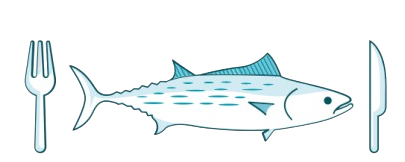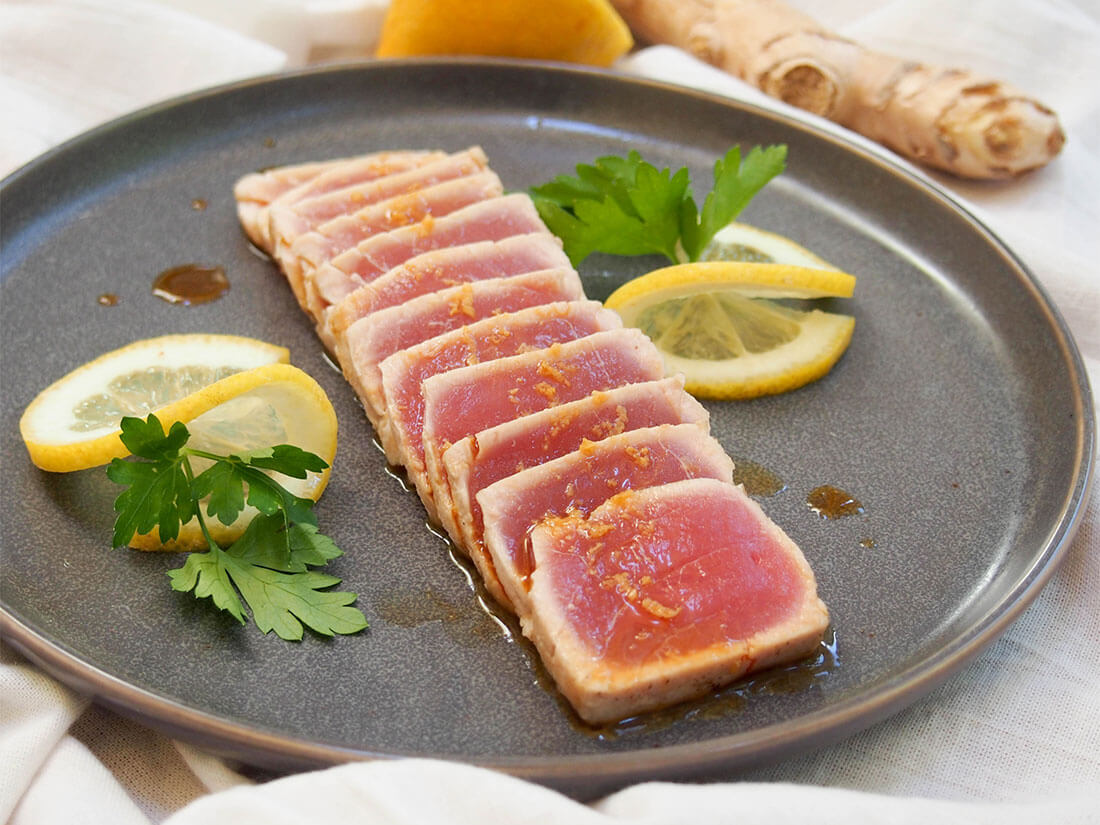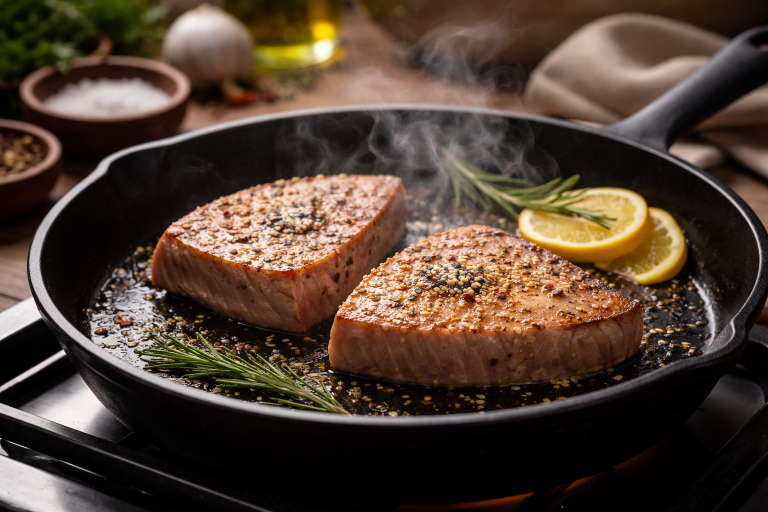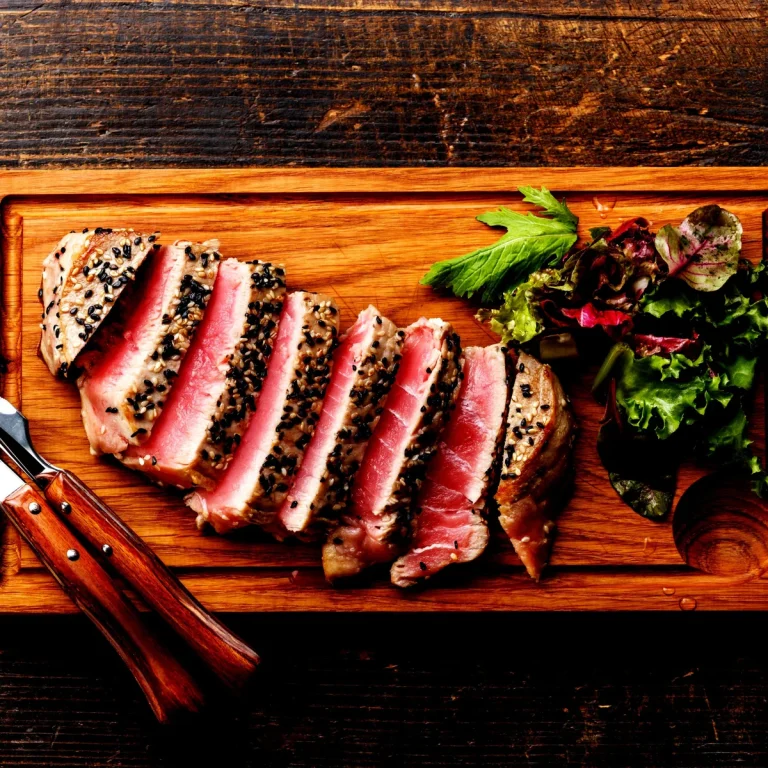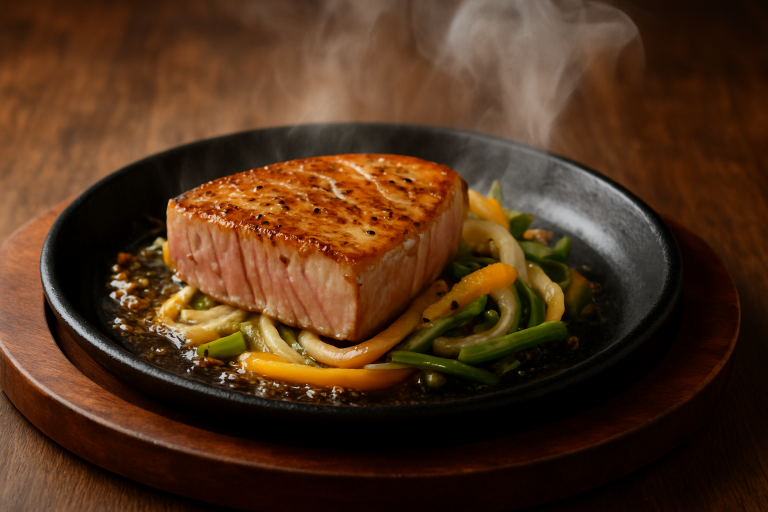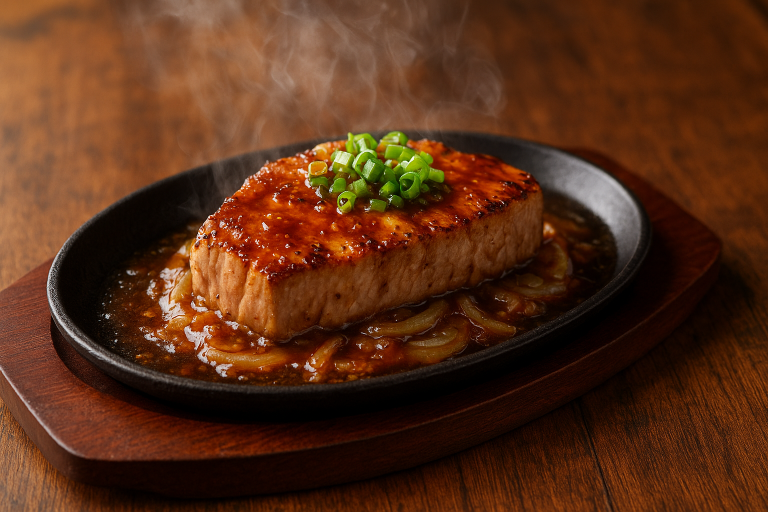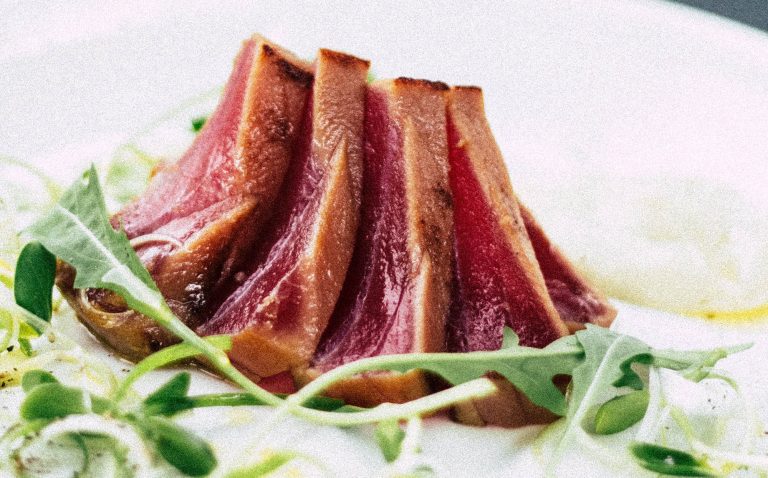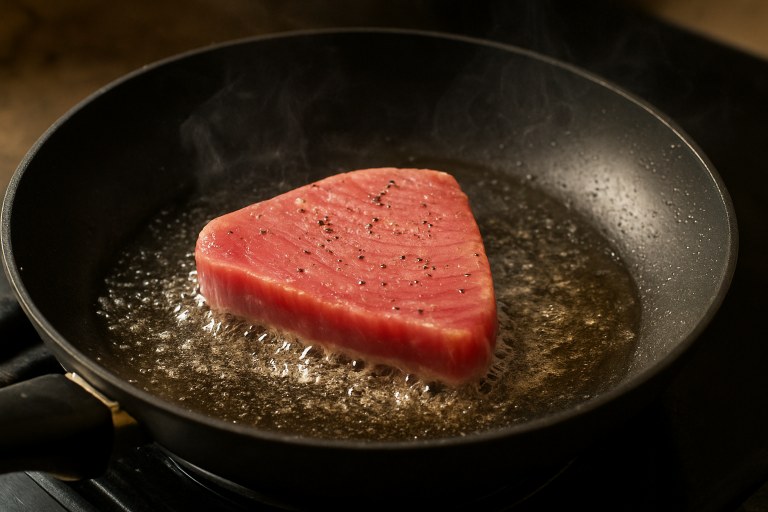Choosing Wisely: Your All-Inclusive Guide to Sustainable Tuna
A staple food around the world, tuna is prized for its flavor, versatility, and remarkable nutritional profile, especially its high protein and omega-3 fatty acid content. However, wild populations and marine ecosystems are under a lot of stress due to tuna’s enormous popularity. Overfishing, bycatch (unintentional capture of other marine life), and destructive fishing methods are now major concerns. Simply enjoying tuna is no longer sufficient for the environmentally conscious consumer; it is now morally required to understand and select sustainable tuna. This thorough guide will give you the information you need to make wise decisions that promote healthy oceans and guarantee that this popular fish will be around for many more generations.
Why Sustainability Matters in the Tuna Industry
The urgency of sustainable tuna choices stems from several critical environmental and ecological issues:
- Overfishing: Many tuna species, particularly bluefin and bigeye, have been heavily overfished, pushing their populations to critically low levels. Even more resilient species like skipjack face pressure due to high demand.
- Bycatch: Certain fishing methods, like longlining and purse seining (especially with Fish Aggregating Devices or FADs), indiscriminately catch non-target species such as sharks, turtles, seabirds, and juvenile tuna, often leading to their injury or death.
- Habitat Destruction: Some methods can damage sensitive marine habitats, though this is less common with tuna fishing compared to bottom trawling.
- Ecosystem Imbalance: Depleting predator populations like tuna can disrupt the delicate balance of the marine food web.
Choosing sustainable tuna helps to mitigate these impacts, supporting responsible fisheries that prioritize the long-term health of the oceans.
Understanding the Key Factors in Sustainable Tuna
Navigating the labels and claims can be confusing. Here are the primary factors that determine a tuna product’s sustainability:
1. Species of Tuna:
Not all tuna are created equal in terms of sustainability. Some species are more vulnerable than others.
- Best Choices (Generally):
- Skipjack Tuna: This is the most abundant and fast-reproducing tuna species, making it generally the most sustainable choice. It’s often labeled as “light tuna” in cans.
- Albacore Tuna (Troll- or Pole-and-Line Caught): While albacore can be overfished in some regions, those caught using methods that minimize bycatch (like pole-and-line or troll) are good choices. Look for specific method labeling.
- Good Alternatives (With Caveats):
- Yellowfin Tuna (Pole-and-Line or Free-School Purse Seine): Yellowfin populations vary by region, and methods matter. Avoid FAD-caught yellowfin.
- Avoid (Generally):
- Bluefin Tuna (Atlantic, Pacific, Southern): All three species of bluefin are critically endangered or severely overfished. They should be avoided unless explicitly certified by robust, species-specific conservation programs (which are rare for commercial fishing).
- Bigeye Tuna: Often overfished, especially in the Pacific.
2. Fishing Method:
How the tuna is caught is arguably the most crucial factor in its sustainability rating due to its impact on bycatch and habitat.
- Best Methods (Low Bycatch):
- Pole-and-Line (or Bait and Switch): Tuna are caught one by one, manually, using a pole, line, and hook. This method has virtually no bycatch and minimal habitat impact. It’s labor-intensive but highly selective.
- Troll (or Trolling): Tuna are caught using lines with lures towed behind a boat. Similar to pole-and-line, it’s very selective with minimal bycatch.
- Handline: Similar to pole-and-line but often for larger individual fish.
- Good Alternatives (Conditional):
- Purse Seine (FAD-Free or Free School): Large nets encircle entire schools of tuna. “FAD-free” or “free school” means no Fish Aggregating Devices were used, significantly reducing bycatch of other species. This is a common method for skipjack.
- Methods to Avoid (High Bycatch Risk):
- Purse Seine (with FADs): Fish Aggregating Devices attract not only tuna but also many other species, leading to high levels of bycatch. This is a very common method, so look for “FAD-free” labels.
- Longline: Extremely long lines (sometimes miles long) with thousands of baited hooks that drift in the ocean. This method has notoriously high bycatch rates of sharks, turtles, and seabirds.
3. Catch Location/Management:
Fisheries management practices vary significantly by region. A species that is healthy in one ocean might be overfished in another.
- Regional Specificity: Look for information about the specific ocean or area where the tuna was caught. Some certification programs will specify healthy stocks in particular regions.
- Fishery Management: Well-managed fisheries have science-based quotas, monitoring, and enforcement to ensure fish populations remain healthy.
How to Identify Sustainable Tuna: Labels and Resources
Making a sustainable choice often comes down to deciphering labels and utilizing reliable guides.
1. Certification Labels:
Look for third-party certifications on packaging, which indicate adherence to specific sustainability standards.
- Marine Stewardship Council (MSC): This blue “fish tick” label signifies that the seafood comes from a well-managed fishery that meets rigorous environmental standards for sustainability. It’s one of the most widely recognized and trusted certifications globally.
- Friend of the Sea (FOS): Another international certification scheme, often found on canned tuna, that verifies sustainable fishing and aquaculture practices.
- Dolphin Safe Labels: While important for protecting dolphins, these labels alone do not guarantee overall tuna sustainability (e.g., they don’t address bycatch of other species or stock levels). Look for Dolphin Safe combined with other certifications or method information.
2. Sustainability Guides and Apps:
These resources consolidate complex scientific data into easy-to-understand recommendations.
- Seafood Watch (Monterey Bay Aquarium): Offers consumer guides (often accessible via a smartphone app) that rate seafood by “Best Choice,” “Good Alternative,” and “Avoid.” They are constantly updated with the latest scientific information. This is a primary resource for many conscious consumers.
- Other Regional Guides: Depending on your location, local environmental organizations may offer tailored seafood guides specific to your markets.
3. Reading the Label Carefully:
Beyond certifications, look for specific information:
- Species: “Skipjack” is generally the safest bet. “Albacore” should ideally specify troll or pole-and-line caught.
- Fishing Method: Prioritize “pole-and-line,” “troll,” or “FAD-free purse seine.”
- Origin: Some brands will specify the ocean region.
Beyond the Can: Supporting the Movement
Your choices as a consumer have power, but supporting broader initiatives is also vital.
- Support Responsible Brands: Seek out and consistently purchase from brands that openly commit to sustainable sourcing and transparent labeling.
- Educate Others: Share your knowledge with friends and family to spread awareness.
- Advocate for Stronger Policies: Support organizations that lobby for better fisheries management, marine protected areas, and stricter regulations against destructive fishing practices.
Choosing sustainable tuna is a tangible way to contribute to the health of our planet’s oceans and the longevity of marine life. By understanding the species, fishing methods, and management practices, and by leveraging reliable consumer guides and certifications, you can confidently enjoy your favorite tuna dishes, knowing you’re part of the solution for a healthier, more vibrant marine ecosystem.
